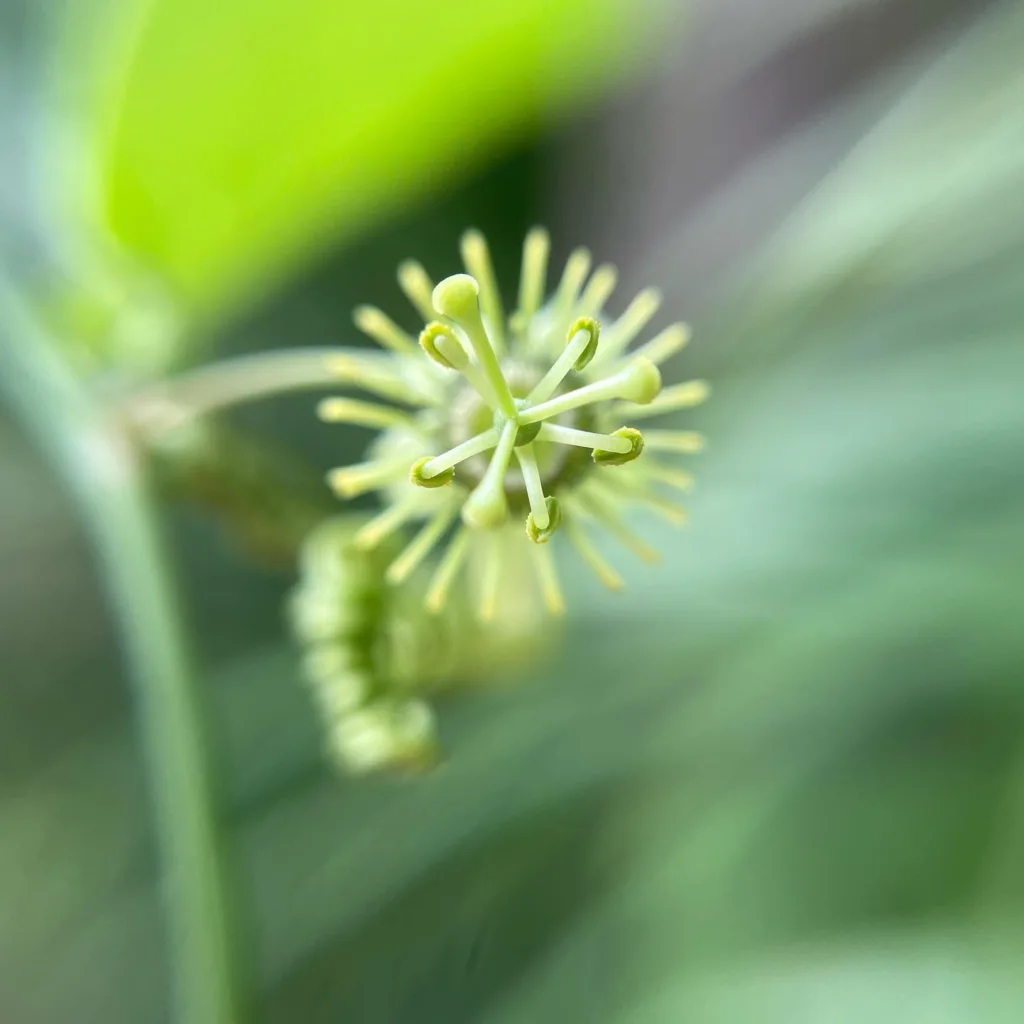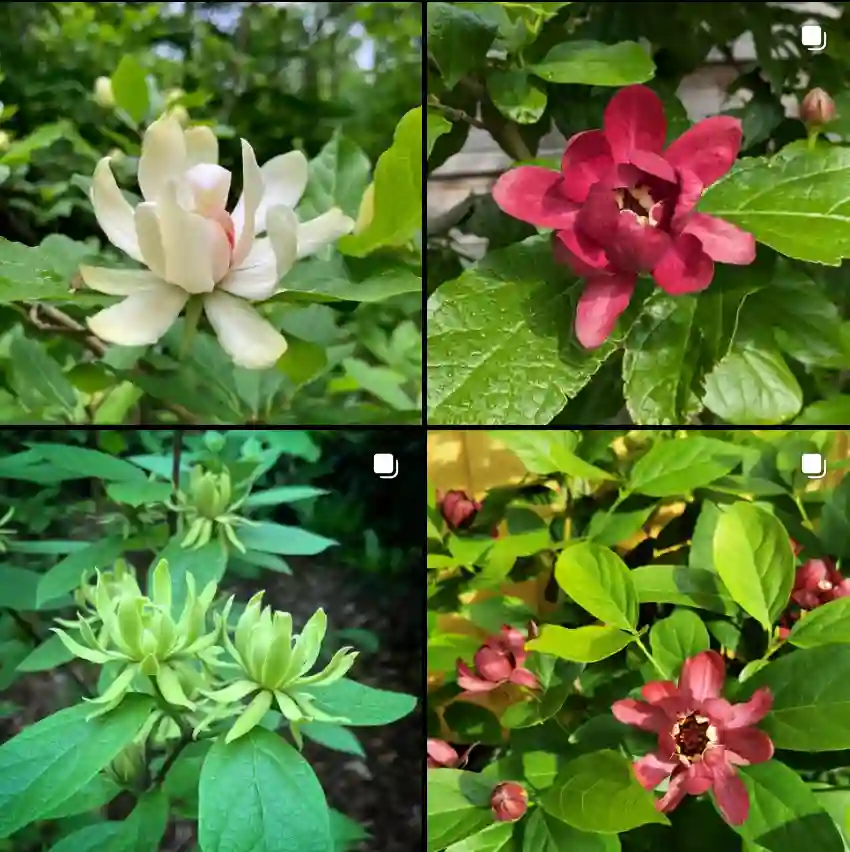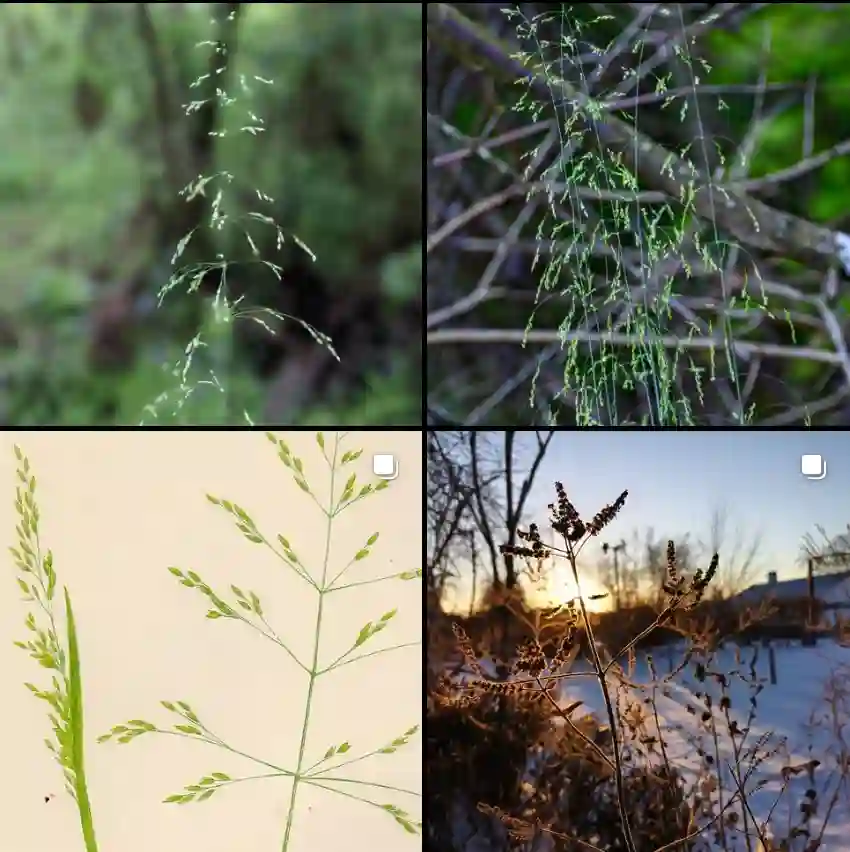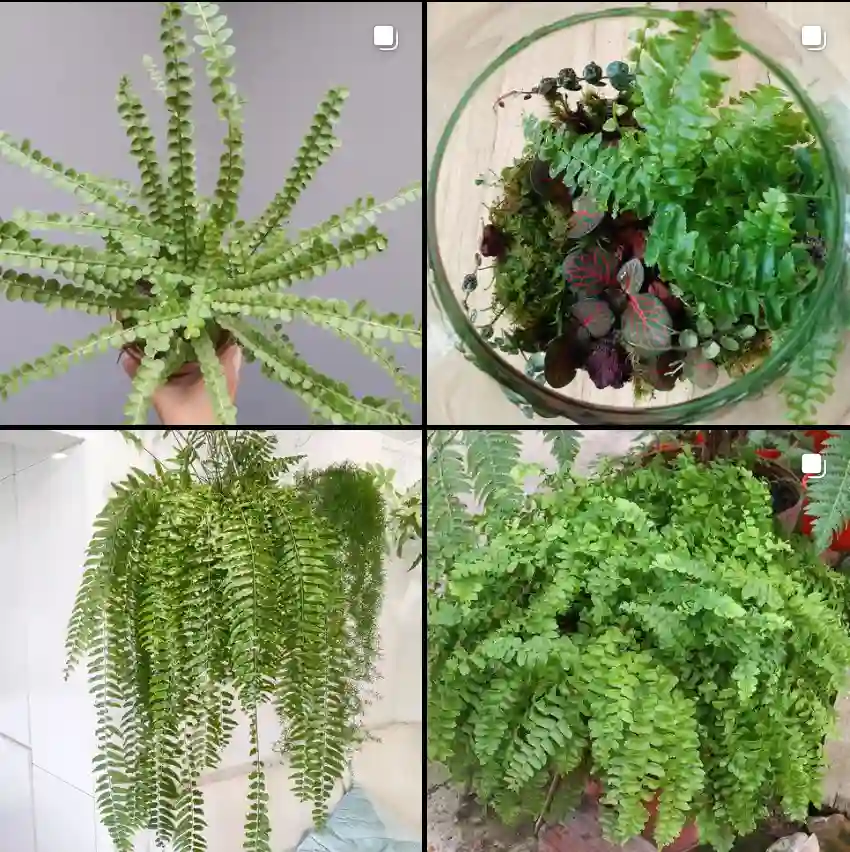What is Tillandsia Streptophylla?
As an avid plant enthusiast, I’m always drawn to unique and quirky botanical specimens. That’s how I stumbled upon the mesmerizing Tillandsia streptophylla, also known as the Pink Quill. Unlike most houseplants, this air plant thrives without a speck of soil. Its captivating form and minimal needs instantly captured my heart.
Tillandsia streptophylla boasts a captivating appearance. Its slender, curling green leaves cascade gracefully, forming a rosette. But the true showstopper is the vibrant pink inflorescence that emerges during bloom. This captivating flower stalk, resembling a delicate quill, adds a splash of color and whimsy to any space.
Native to the tropical rainforests of Central and South America, Tillandsia streptophylla thrives in a humid environment with ample indirect light. Unlike its soil-bound brethren, it absorbs moisture and nutrients through its leaves, making it a true air plant.
690 Species in Genus Tillandsia – Air Plants
Tillandsia Streptophylla vs Xerographica
I find Tillandsia streptophylla fascinating with its curly, silvery leaves that form a mesmerizing rosette, reminiscent of a sea creature. Tillandsia Xerographica, on the other hand, impresses me with its graceful, symmetrical shape and its ability to thrive with minimal care, making it a standout in my collection.
How to Care for Tillandsia Streptophylla?
While Tillandsia streptophylla isn’t demanding, providing the right environment is key to its success. Here’s a glimpse into my care routine:
Light: This air plant prefers bright, indirect light. Avoid harsh midday sun, as it can scorch the leaves. A spot near an east-facing window is ideal.
Watering: Tillandsia streptophylla doesn’t require traditional watering. Instead, it needs regular soaking sessions. The frequency depends on your climate. In drier climates, soak your plant for 10-15 minutes once a week. In more humid environments, every other week might suffice. After soaking, gently shake off excess water and hang the plant upside down to ensure proper drying. Trapped moisture can lead to rot.
Humidity: Mimicking its natural rainforest habitat, strive for moderate to high humidity levels (around 50% or more). Grouping your Tillandsia streptophylla with other air plants or using a pebble tray filled with water can help raise humidity.
Fertilization: During the growing season (spring and summer), a light misting with a diluted air plant fertilizer once a month can give your Tillandsia streptophylla a boost. However, avoid over-fertilizing, as it can damage the plant.
Air Circulation: Good air circulation is vital for preventing rot. Avoid placing your Tillandsia streptophylla in stagnant air pockets.
Witnessing the Miracle: Tillandsia Streptophylla in Bloom
With proper care, your Tillandsia streptophylla will reward you with a breathtaking bloom. The vibrant pink inflorescence, often referred to as a “quill,” emerges from the center of the rosette. This stunning display can last for weeks, adding a touch of elegance to your home.
Beyond the Basics: Additional Tips for Success
Here are some additional pointers I’ve gleaned from my experience:
- Choose the right mount: Since Tillandsia streptophylla doesn’t require soil, it needs a mounting point. Driftwood, cork bark, or air plant globes are fantastic options.
- Rotate your plant: Regularly rotate your Tillandsia streptophylla to ensure even growth and prevent the leaves from leaning towards the light source.
- Observe and adjust: Pay close attention to your plant. If the leaves become limp or brown, it might be getting too much water. Conversely, dry and crispy leaves indicate insufficient hydration. Adjust your watering schedule accordingly.
The Allure of Air Plants: A Rewarding Journey
Tillandsia streptophylla has become a cherished member of my indoor jungle. Its unique form, minimal needs, and stunning bloom make it a conversation starter. The journey of caring for this air plant has been a delightful learning experience. With a little understanding and TLC, you too can cultivate a thriving Tillandsia streptophylla and witness its mesmerizing magic unfold.
If i die, water my plants!



